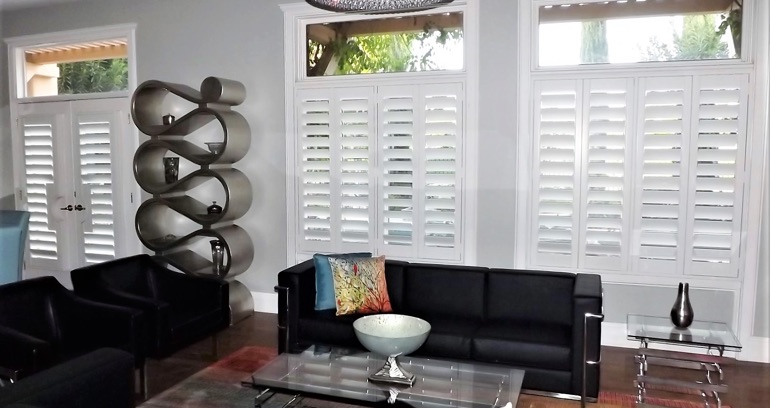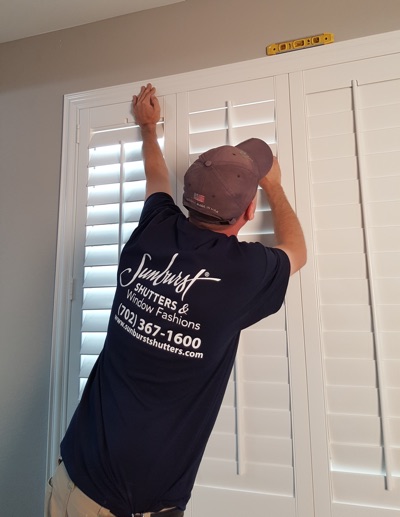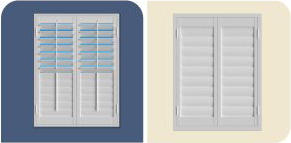
Are DIY Shutters Hard to Do?
Doing home improvement projects on your own in Riverside is easier than ever. Since you have a lot of resources easily available to savvy homeowners, many projects that used to be hard are now very doable on your own.
There are exceptions, though – jobs that may be cumbersome, time-consuming, or just too complex to do on your own. One project that may be part of that category is installing DIY plantation shutters.

Here are just a handful of the issues that can come up when you try to install shutters as a DIY job.
DIY Window Measuring for Shutters
Though it may look easy at a glance, getting the exact window measurements for plantation shutters can be a little tricky. As one of our team members says, “There’s about a thousand ways you can measure windows wrong, but only one way to measure right54.” There’s a lot of differences between individual windows that will affect how you should measure for shutters.
For example, will your shutters be on an inside mount or an outside mount? How thick is the shutter frame you’re thinking about and how far into the window opening does it need to sit? What style of frame do you need for casement-in windows, crank windows or glass doors?
Each of these can change the size of shutters you’ll need and what frame you choose. By extension, that changes how you measure your windows.
Buying DIY Shutters
The next difficulty for DIY shutters can appear during the buying process. Just like the variation in windows, there’s a lot of differences between types of shutters, and if you’re flying solo, it’s a common mistake to buy the wrong thing. Here are a few common DIY mistakes:
-
Getting shutters made of the wrong material. For instance, purchasing real wood shutters to put in a room that should have a moisture-proof window treatment.
-
Picking a shutter option that impedes window movement, making it so you can’t fully open the window.
-
Choosing a shutter with a frame that doesn’t fit your specialty window such as your sidelight windows.
When talking to DIYers, we’ve found there might be some added confusion about certain shutter terms. Talking to shutter experts can help clear up any confusion, so you get exactly what you think you’re getting when you buy your shutters.
DIY Shutter Installation
The most difficult part of DIYing shutters, like with any home improvement job, is in actually putting them in.
First off, shutter installation needs to be precise, and one small slip-up in measuring at the start or in screwing in a bracket can throw a wrench in the whole project. Shutters can also be a little heavy; depending on the material and your window’s position, lifting a shutter can be exhausting and in certain scenarios dangerous.

Something some DIYers don’t know is that it’s pretty typical for shutters to not fill out the whole window frame exactly. This is mainly because most window frames aren’t a perfect square. Attaching the shutter flush to one side of the window opening could force the entire shutter to be crooked and create gaps. It’s common for an installer to caulk a ¼ or ½inch gap, and if you’re solo a caulking job could be a little too much.
Finally, when you do a DIY shutter project, you don’t have a safety net. If a professional installer puts in your shutters for you, they’ll typically guarantee the project with a warranty. But if something goes awry when you try to install yourself, you’re on your own if there’s any damage to the shutters or any other part of your house.


